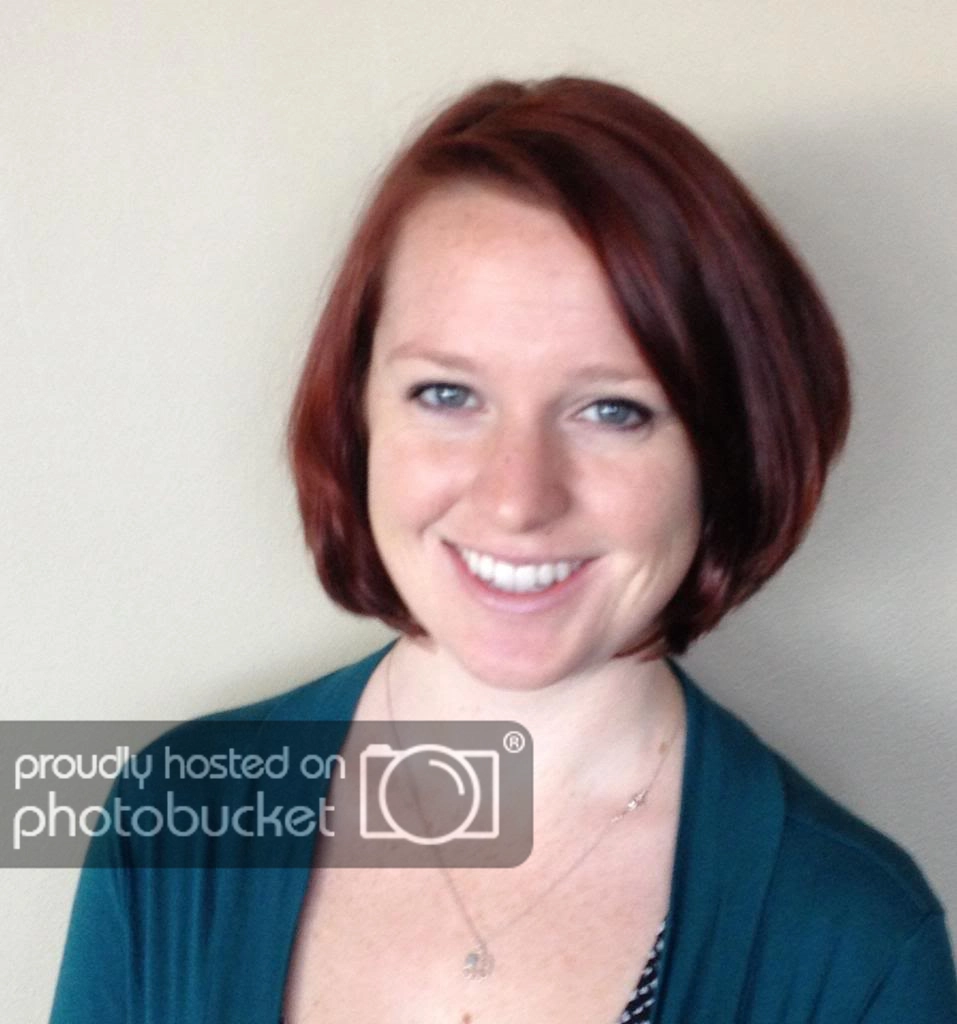
 |
|
Since expanding our clinical trials program earlier this year to include other infectious diseases, we have seen significant growth in our clinic. In November, we will begin recruiting for three new trials with three different pharmaceutical companies – EMD Serono, Inc., Abbott Laboratories, and Becton Dickinson.
EMD Serono, Inc – This study focuses on the drug, Egrifta, which helps reduce HIV-associated lipodystrophy. Lipodystrophy, also known as fat redistribution, is the reduction of fat in areas of the body such as the face, arms, legs and buttocks, and the accumulation of fat in areas of the body such as the gut, back of the neck, and chest. Lipodystrophy is an adverse effect of HIV infection and some studies suggest that certain antiretroviral medications can either cause or contribute to the development of the disease. Egrifta, a synthetic growth hormone-releasing factor, reduces fat accumulation in the areas of the body affected by lipodystrophy. Although Egrifta is already approved by the FDA for HIV associated lypodystrophy, the FDA requires the makers of Egrifta to study the impact of Egrifta on the progression of diabetic retinopathy. This is a three-year, multi-site study. Trial volunteers must be HIV-positive, diabetic, and experience lipodystrophy.
Abbott Laboratories – This is a blood collection study that will be used for assay validation, or testing the accuracy of new testing platforms. This trial will confirm whether certain diagnostic assays can accurately detect and confirm positive blood samples for antibodies to various antigens such as HIV, Hepatitis B, Hepatitis C, and HTLV. This is a multi-site study in which the sponosor is looking for trial volunteers who have either been exposed to, or have tested positive for, HIV, Hepatitis C, Hepatitis B, or Human T-lymphotropic Virus (HTLV).
Becton Dickinson – This blood collection study tests collection tube technology to ensure that the integrity of blood samples is being maintained. This is a multi-site study seeking trial volunteers who have tested positive for HIV, Hepatitis C, Hepatitis B, Chagas Disease (T-Cruzi), HTLV, or syphilis.
 |
|
HIV/AIDS is often perceived as a gay male disease. The association is longstanding. In the early 1980s, when doctors first identified the disease in the United States, HIV was known as “GRID”—gay-related immunodeficiency disease.
Today, the face of HIV/AIDS is changing. In the United States, almost 30 percent of new cases are now in women. UNAIDS reports that HIV is the leading cause of death among African-American women ages 25-34, and worldwide, women account for 50 percent of people living with HIV.
Susan*, an advocate for HIV/AIDS awareness, has had first-hand experience with HIV and its rising threat to women. She lives in Tampa, FL, where misunderstandings about HIV/AIDS are common. Susan hopes to spread her story to her church, her community, and the world in order to educate others and erase the misconceptions about the disease.
Susan’s Story, In Her Own Words:
I first found out I was HIV positive 11 years ago. Prior to this, I had had three marriages in which HIV may have been a risk, but we avoided getting tested. I talked about getting tested with my third husband, but he told me that he loved me, and I loved him too, so we would just have to deal with it if it came because we would be together forever. Unfortunately, he passed away on me.
Soon after, I decided I needed to get tested. At first, the doctors turned me away because they believed I was not at risk for contracting the disease. Maybe this was because I did not “fit the box,” but I told them I was concerned. I tested positive for HIV. The nurse was more upset about it than I was. I told her not to worry, and that I loved my husband to death so it did not bother me.
There is a stigma against the disease. People think that you are dirty, that you are nasty, that you are filthy. This makes people afraid to get tested and ashamed of themselves if they have the disease. I think I married my husband because at age 40, I was afraid that I would never find anyone else who would love me for me. It is important that people are aware of what is going on so that we an get rid of the stigma.
I have gotten comfortable with myself and my own situation, but I understand that many others are not. There has to be more awareness. Where I live, I rarely see information about HIV on the TV, on the radio, in magazines, or even at the doctor’s office. When you open a magazine you see cancer, but you do not turn the page and see HIV and what research is being done. There must be more of a focus on fundraising for HIV/AIDS research.
I have had this disease for years, and finally have realized that I need to talk about it, put it out in the open, and be a positive mentor for people in my community. I will be participating in a ‘Ladies Seminar’ at my church in order to teach women, both young and old, about HIV. Our young girls have been born and raised in this church, but once they turn 18, they become pregnant. They may not listen to us when we say, “don’t get pregnant,” but it is my hope that they will listen to the risks of HIV. I want these women to be aware of what is going on around them, get tested, be proud of themselves, and take care of their bodies.
AIDS is a lifestyle. I have this disease and it will stay with me forever. However, my quality of life has changed and I respect myself more than back then. I envision a cure being found in my lifetime and see myself as making a difference in the world and in my community.
*The name of the author has been changed for privacy reasons.
Share your story on Facebook, read more of our volunteer stories and find out about our studies currently enrolling at AIDS Research Alliance.
 |
|
Caleigh Douglass |
If you have recently run into ARA’s Community Outreach team during a night out, or visited our webpage during our September Chase Community Giving campaign, you may recognize Caleigh Douglass. Until recently, Caleigh was our Community Education and Outreach Program Manager. As of October 15th, she became our Clinical Research Administrator.
Caleigh’s undergraduate work was in Health Promotion and Disease Prevention. In May, she received her Masters in Public Health with an emphasis in biostatistics and epidemiology from the University of Southern California. In her new position, Caleigh will assume responsibility for regulatory affairs, which includes compliance with all federal requirements pertaining to research involving human subjects. In this regard, she will serve as ARA’s Institutional Review Board Administrator.
In addition to these considerable responsibilities, Caleigh will also direct our Health Literacy Project, a model program to inform and empower research volunteers. ARA received funding for this project from the Joseph Drown Foundation. Our community partners are the OASIS Clinic at Charles Crew University and Bienestar Human Services, Inc., the largest Latino HIV service organization in the country.